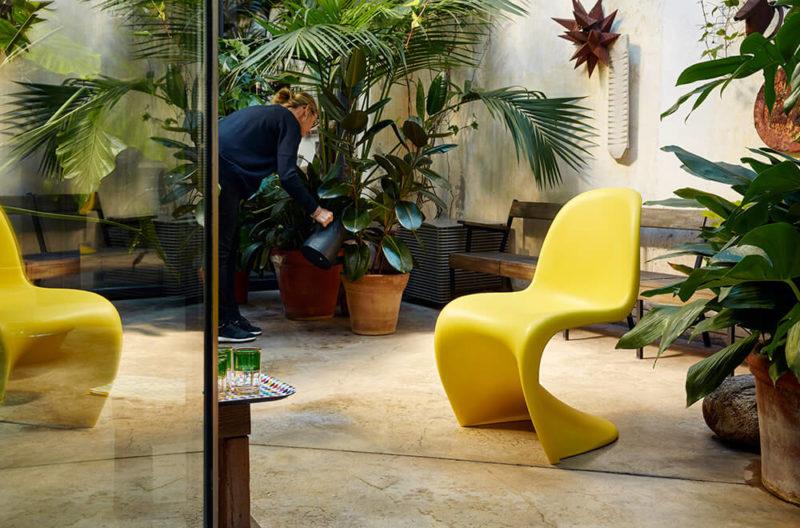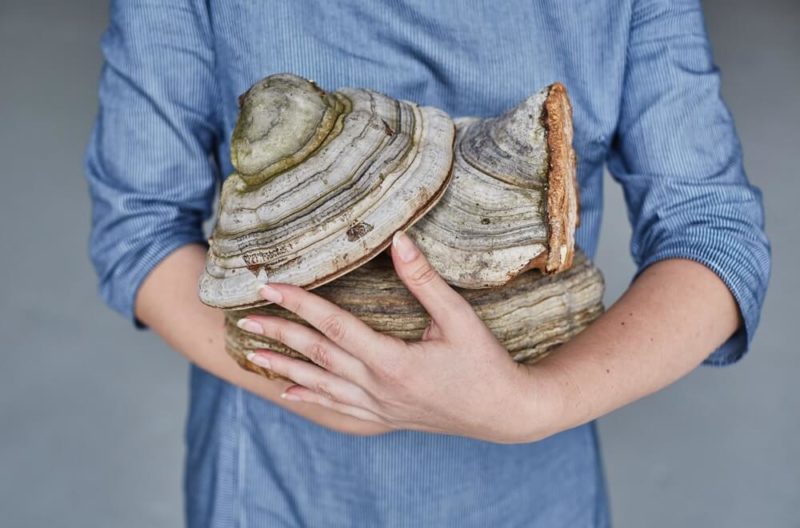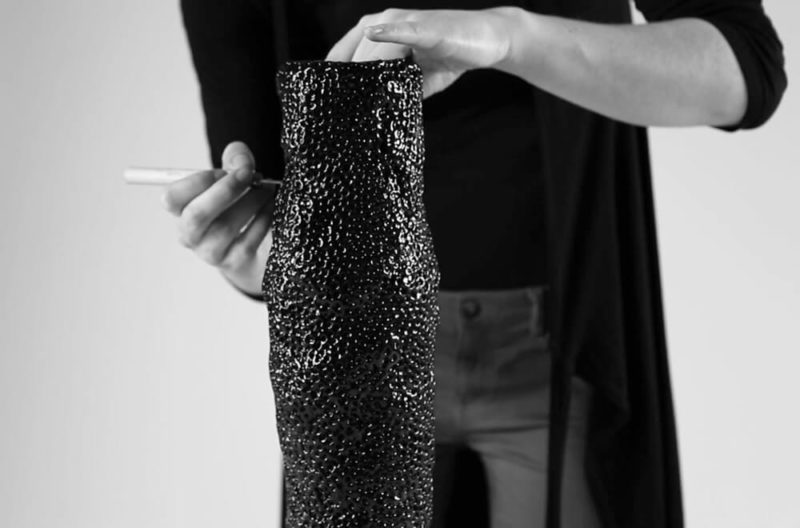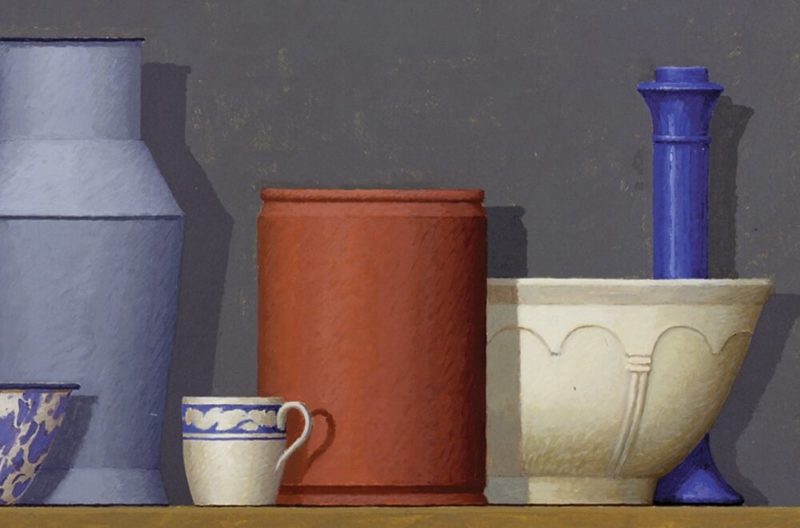Book Review / Handmade
An absorbing account of a material scientist's adventures in the workshop.
Anna Ploszajski
Bloomsbury, 2021
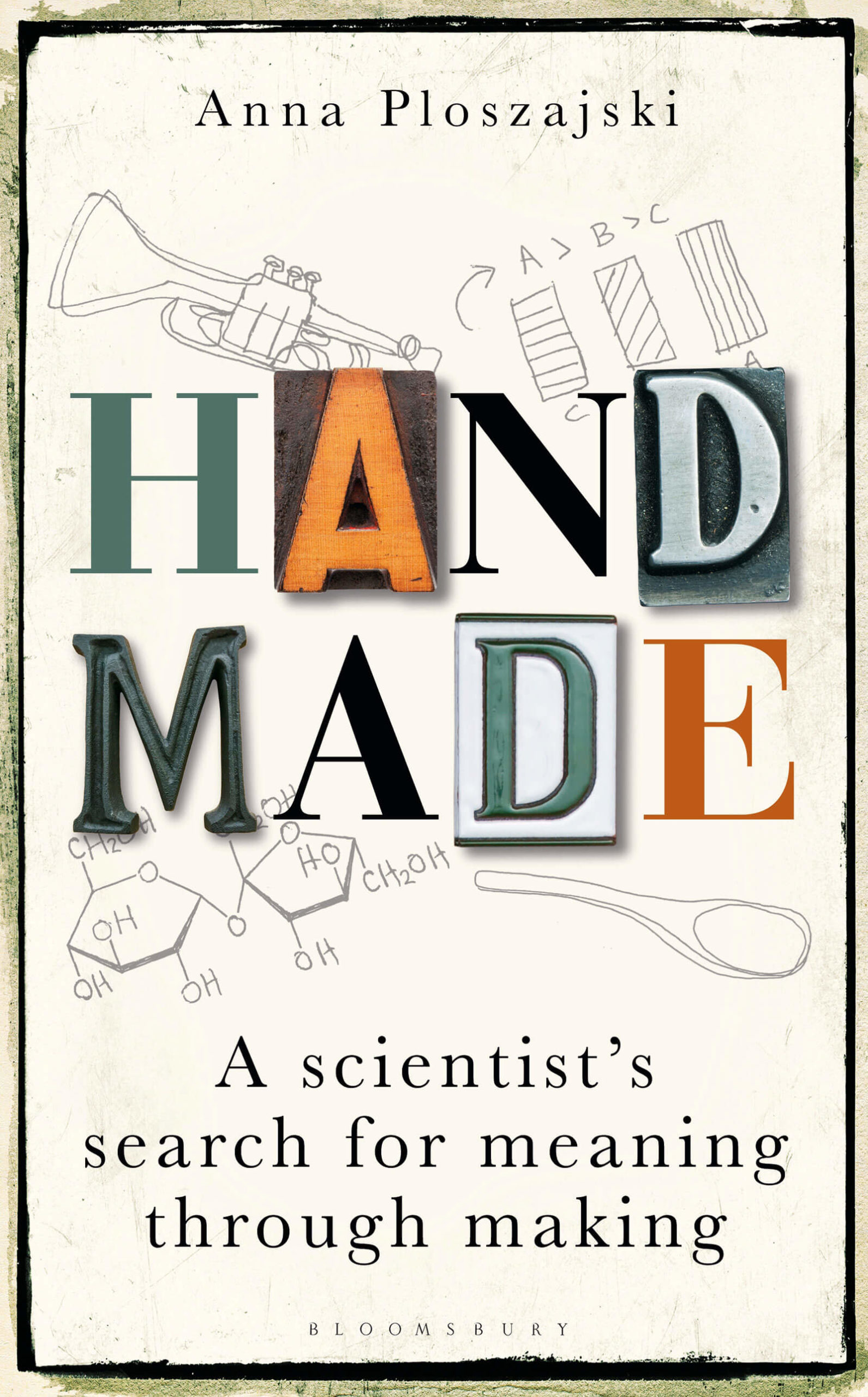
Handmade
COURTESY: Bloomsbury
MAKING AND REPAIR are currently all the fashion in the media. On television, the success of the Great British Bake Off has paved the way for the Great Pottery Throw Down, The Great British Sewing Bee, The Repair Shop, Blown Away and, most recently, the jewellery making show All That Glitters.
Less remarked upon has been a fistful of craft-based books that combine the story of a material (or materials) with a pinch of science, a soupçon of history and a dollop of personal narrative. Over recent years, this particular market has been cornered by Mark Miodownik (Professor of Materials & Society at University College London (UCL), who penned the thoroughly enjoyable Stuff Matters and Liquid Rules) and journalist Robert Penn (author of The Man Who Made Things Out of Trees, It’s All About the Bike and his latest, Slow Rise). The duo’s success has been predicated on a highly accessible writing style, a bedrock of knowledge and a sense of openness. Miodownik begins Stuff Matters with the story of his indiscriminate stabbing, while Penn describes his depression in some detail while discovering what can be made from a single felled ash tree in The Man Who Made Things Out of Trees.
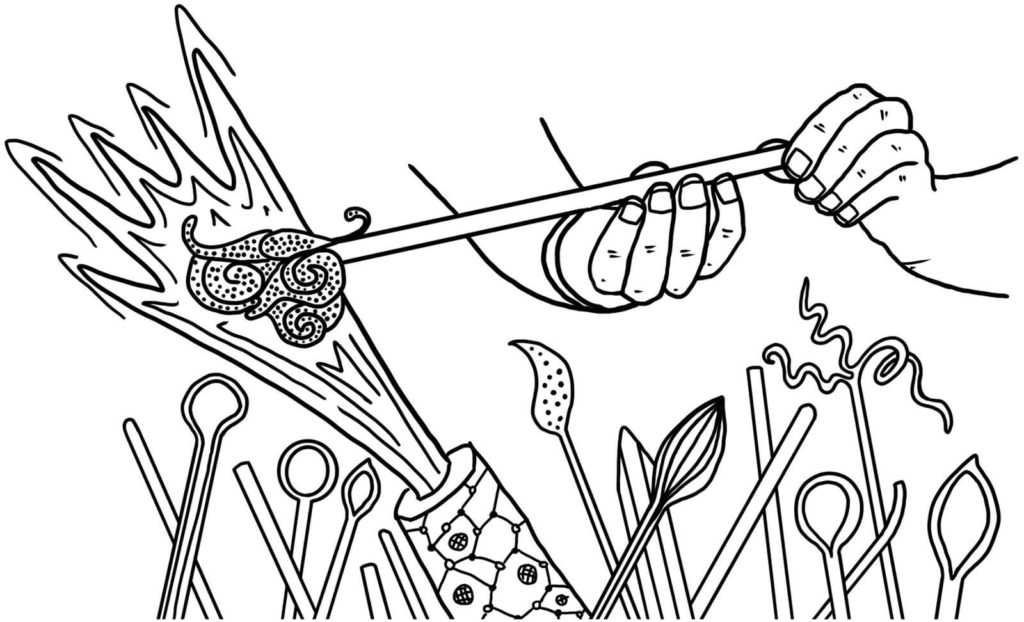
Illustration for ‘Glass’ chapter
COURTESY: Bloomsbury / ILLUSTRATION: Hana Ayoob
It’s a successful formula that Dr Anna Ploszajski adheres to in her new book, Handmade. The award-winning materials scientist and engineer (who like Miodownik hails from the Institute of Making at UCL) escorts the reader on a journey through what she describes as “a naive scientist’s exploration of materials as used in the handmade world”, taking her out of the lab and into the workshop. En route she investigates materials such as glass, plastic, brass, clay, sugar and stone – dedicating a chapter to each, following a similar pattern. She starts with an intimate reason to examine each material; this is followed by a description of its chemical makeup and an explanation for why it behaves the way it does; this is mixed with its historical context; then she meets a maker and has a bash at working with the material itself.
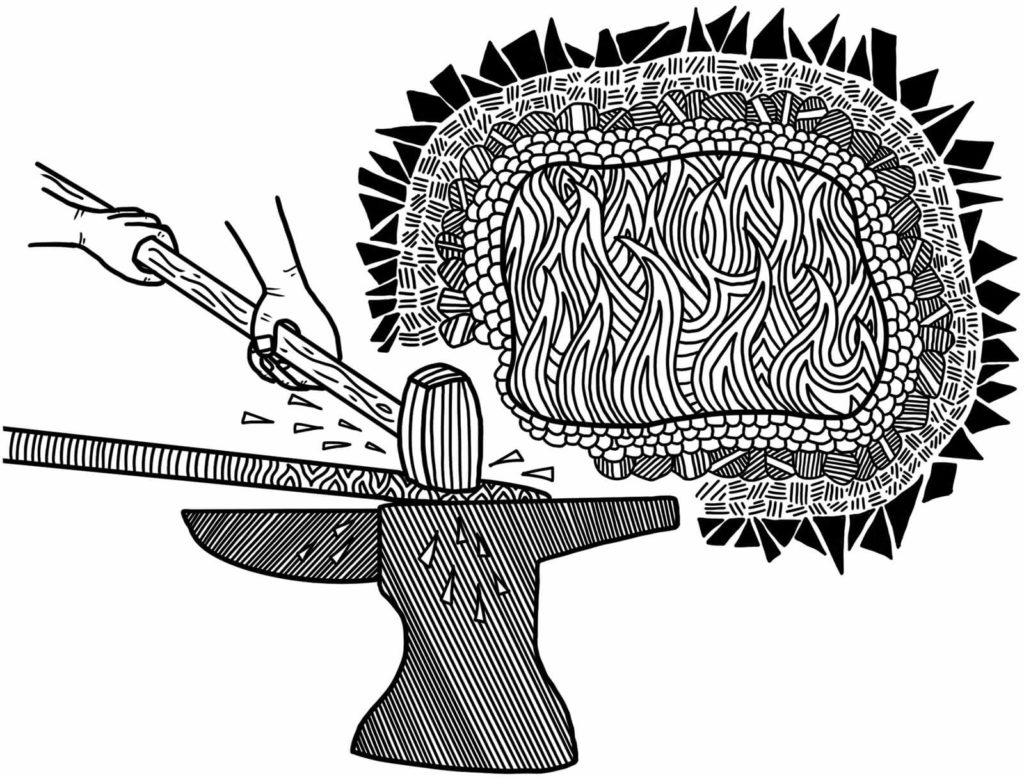
Illustration for ‘Steel’ chapter
COURTESY: Bloomsbury / ILLUSTRATION: Hana Ayoob
The chapters themselves work nicely enough and Ploszajski has a Tiggerish bouncy prose style. The whole thing is helped by the fact that she has had quite a life. Handmade opens with her getting ready to go on stage and perform a stand-up routine. Later we discover that she has worked at NASA; been involved in an attempt to break the world land speed record; and is a pretty handy trumpeter. Oh, and she has also swum the Channel (hence the chapter on sugar). More poignantly perhaps, she also talks about being bullied at the workplace and coming to terms with her sexuality. Each anecdote is rolled into her relationship with a material. Some are more successful than others – splicing the reading of a long forgotten transcript that tells the story of her grandfather, George, with a studio visit to the designer James Shaw (known for his work in plastic) feels a little contrived, for example. It’s as if she’s trying too hard to join the dots of her personal life with her material journey. That said, her description of how throwing a pot provided solace from a toxic working environment in a chapter devoted to clay is genuinely affecting.
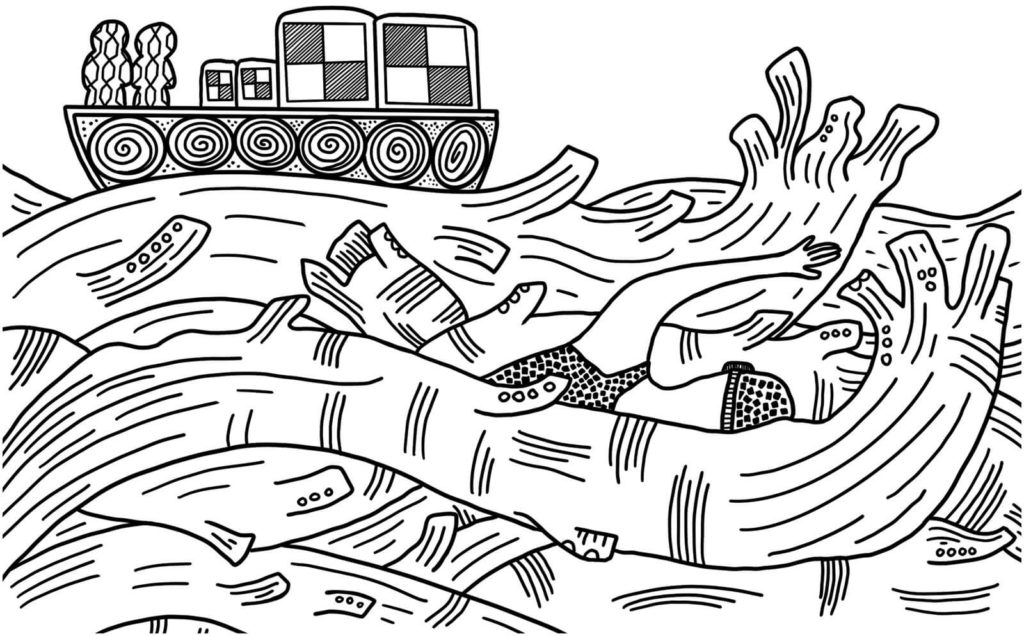
Illustration for ‘Sugar’ chapter
COURTESY: Bloomsbury / ILLUSTRATION: Hana Ayoob
The book’s biggest flaw is that the separate chapters never really produce a convincing narrative arc, feeling a little more like a series of magazine features that have been glued together. There’s no real reason for the author to jump for clay to sugar and then to wool, for instance. In Stuff Matters, Miodownik got around this issue by taking a picture of himself on a roof terrace, drink in his hand, pointing out all the materials that surrounded him and discussing them one by one. While in The Man Who Made Things Out of Trees, Penn investigated a single material, travelling around the globe to meet some of the makers who work with it – the common thread was the ash tree itself.
Neither does Ploszajski reach any startling conclusions at the end of her tale, other than materials hold very particular connotations for us. “I’ve learnt that science alone can’t account for these mysterious material requirements,” she writes, adding that she would like the takeaway message from the book to be “just give it a go”. As codas go, it’s flimsy.
Nevertheless, Handmade is smart and accessible, while its author is genuinely fascinating. Readers will undoubtedly learn things about the material world, which, at a time when we need to rethink the manner in which we live and the way we use our resources, must be a good thing.




